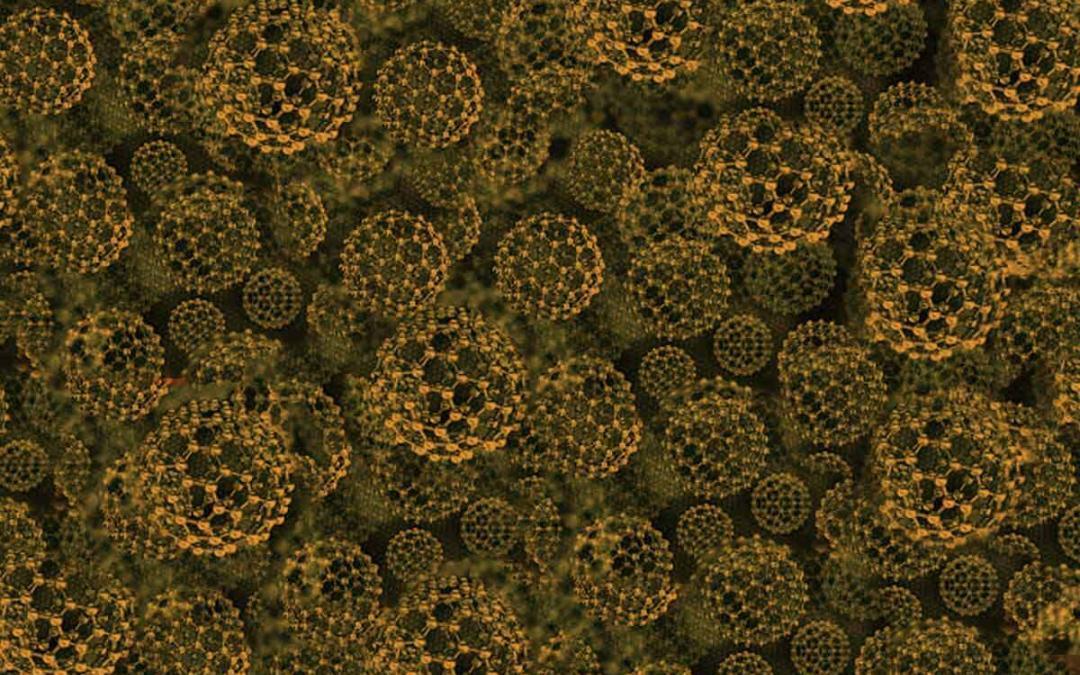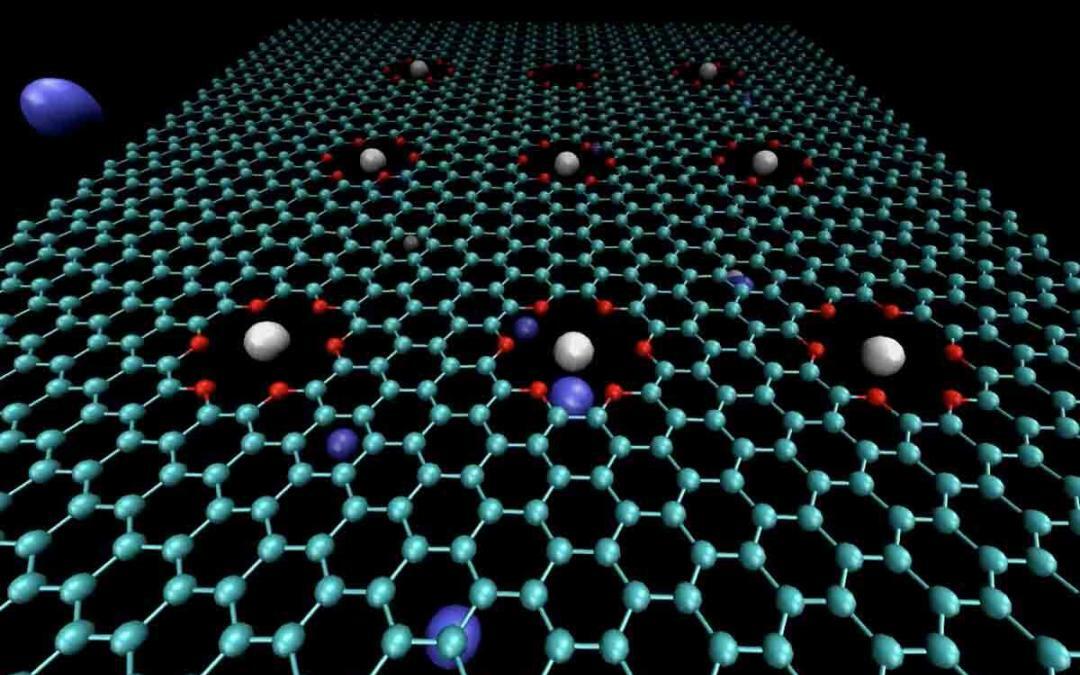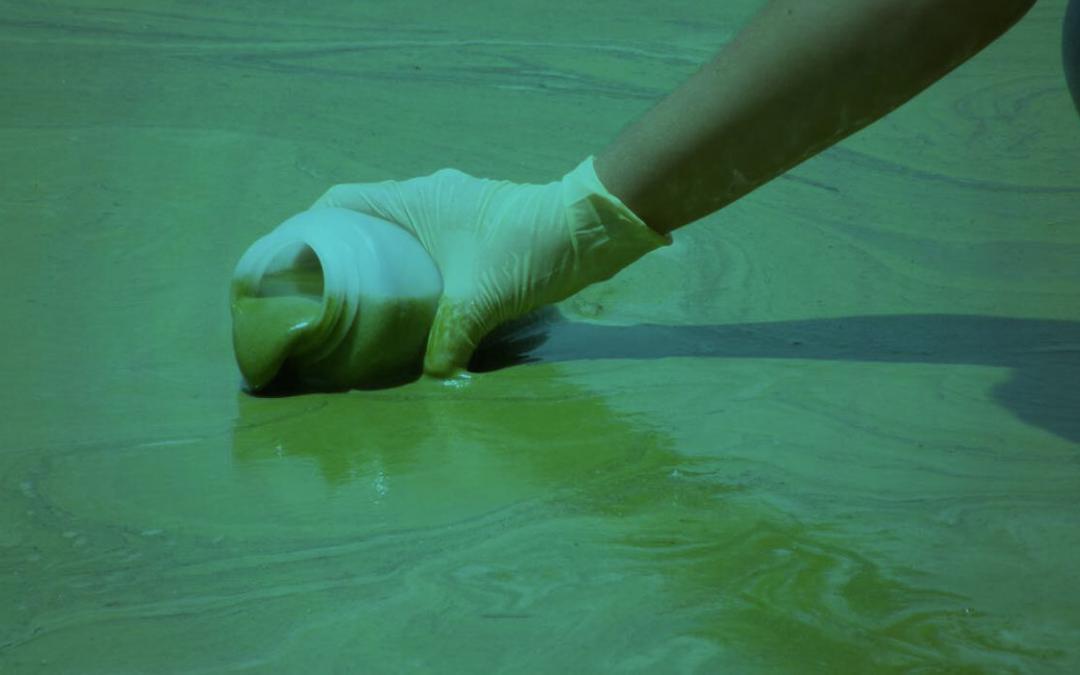
by NGen
Next Generation Manufacturing Canada, the industry-led organization behind Canada’s Advanced Manufacturing Supercluster, has announced over $4.5 million in collaborative investment to scale up commercial applications of graphene nanofilms in HVAC systems for cleanrooms and other critical environment systems.

by Trent Knoss | University of Colorado Boulder
CU Boulder researchers have developed nanobio-hybrid organisms capable of using airborne carbon dioxide and nitrogen to produce a variety of plastics and fuels, a promising first step toward low-cost carbon sequestration and eco-friendly manufacturing for chemicals.

by The University of Utah
Scientists discovered the phenomenon 30 years ago, but the mechanism for superconductivity remains an enigma because the majority of materials are too complex to understand QPT physics in details. A good strategy would be first to look at less complicated model systems.

by NIST
Invigorating the idea of computers based on fluids instead of silicon, researchers at the National Institute of Standards and Technology (NIST) have shown how computational logic operations could be performed in a liquid medium by simulating the trapping of ions (charged atoms) in graphene (a sheet of carbon atoms) floating in saline solution. The scheme might also be used in applications such as water filtration, energy storage or sensor technology.

by ROBIN A. SMITH @DUKERESEARCH
The last 10 years have seen a surge in the use of tiny substances called nanomaterials in agrochemicals like pesticides and fungicides. The idea is to provide more disease protection and better yields for crops, while decreasing the amount of toxins sprayed on agricultural fields.

by Universitat Autònoma de Barcelona
Researchers of the Institute of Biotechnology and Biomedicine (IBB-UAB) have achieved to generate 4 peptides -molecules smaller than proteins – capable of self-assembling in a controlled manner to create nanomaterials. The research, published in the journal ACS Nano, was conducted by Salvador Ventura, Marta Díaz and Susanna Navarro (IBB-UAB), and included the collaboration of Isabel Fuentes and Francesc Teixidor (Institute of Materials Science of Barcelona, ICMAB-CSIC).

by Brett Smith
While the field of materials science has been making big strides in recent years, scientists are still behind nature when it comes to making super-strong materials. Lately, researchers have been focusing on the strength of nanoscale structures of natural materials with the expectations that it will lead to the creation of strong macro-scale structures. The nanoscale structures’ composition of cellulose nanofibrils (CNFs) has provided a significant amount of inspiration for these research efforts. However, inadequate adhesion and un-aligned pieces have kept scientists from realizing the potential of cellulose-inspired materials.







